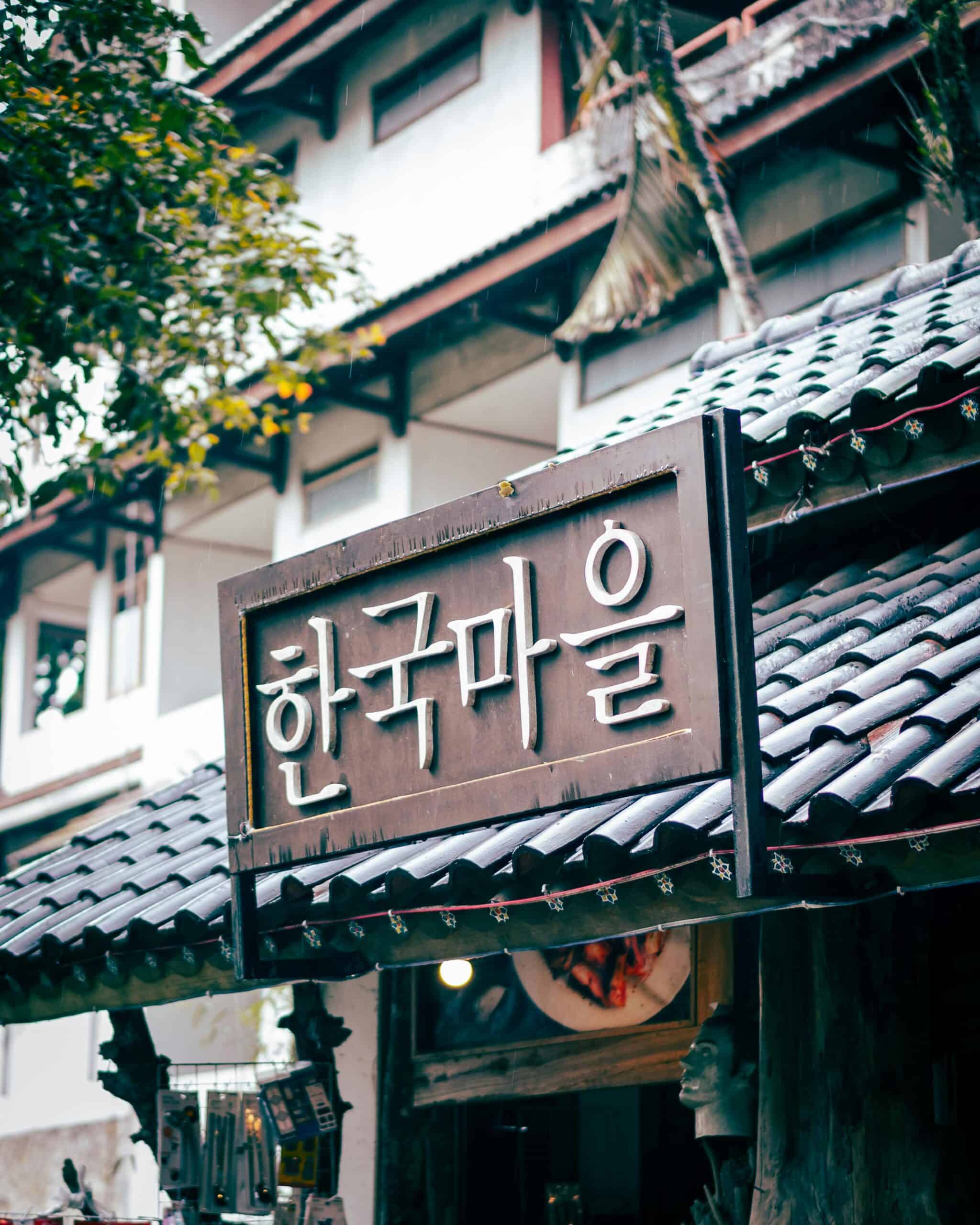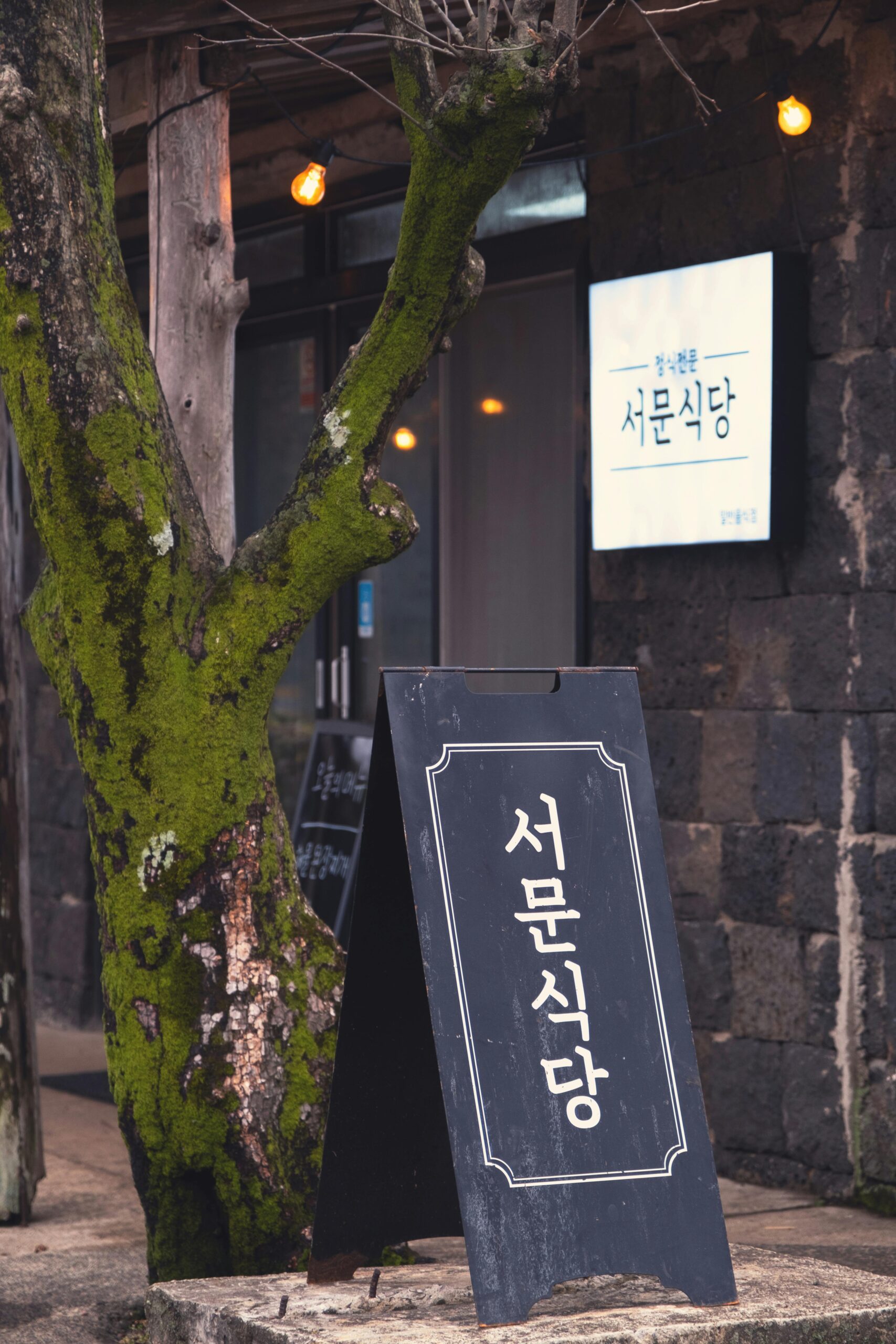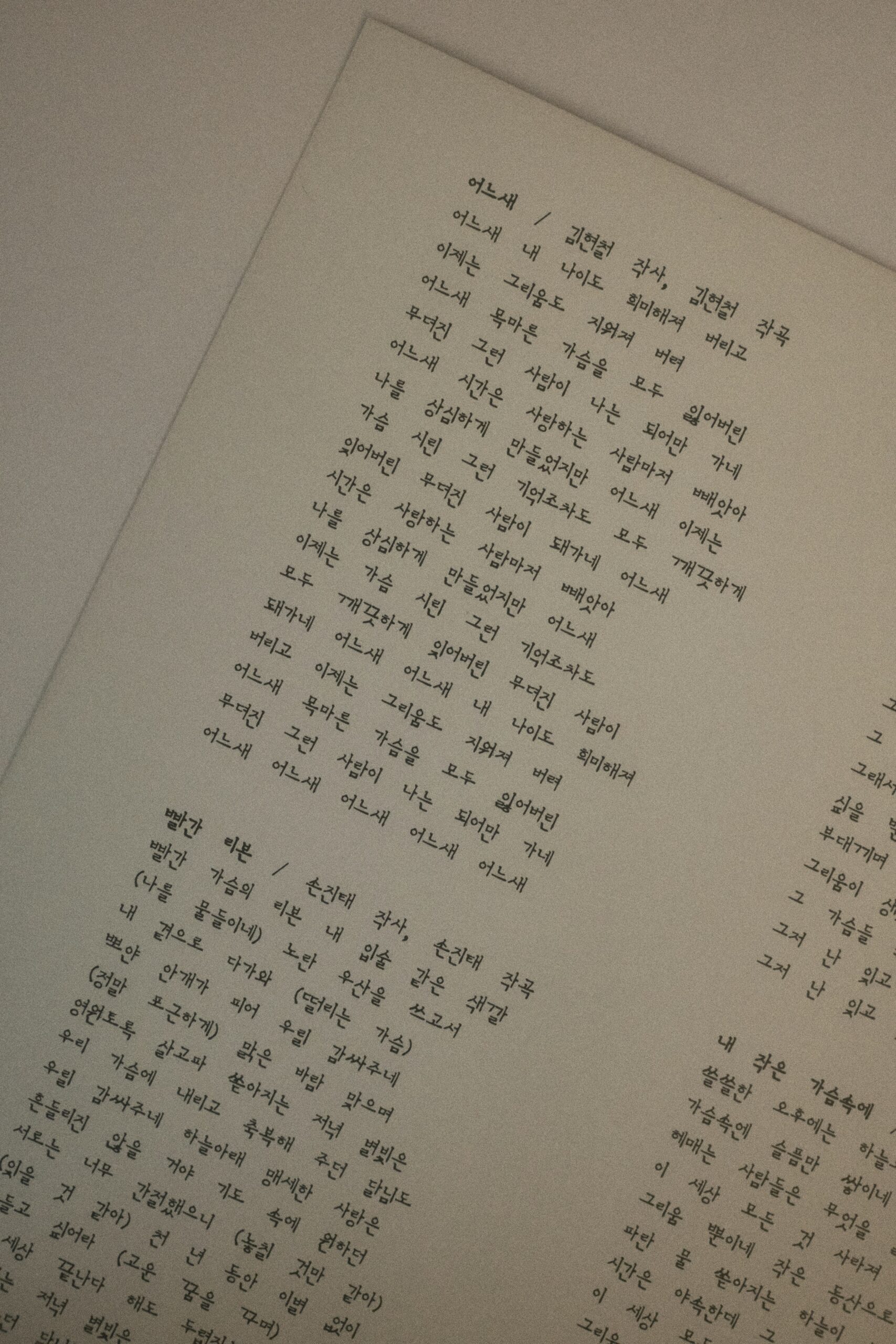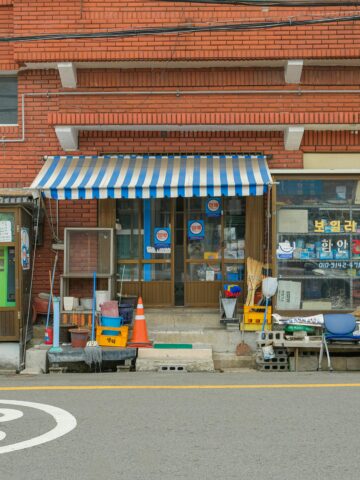The Korean alphabet, Hangul, stands as a remarkable achievement in linguistic design, established in the 15th century during the reign of King Sejong the Great. Distinct from other languages whose writing systems evolved over millennia, Hangul was deliberately developed to enhance literacy among Koreans.
It embodies a scientific perspective on phonetics, organizing symbols into syllabic blocks. Each block is composed of letters representing individual sounds, illustrating the system’s thoughtful and accessible structure.
Learning Hangul can be a rewarding endeavor, given its design for easy acquisition. Comprising just 14 basic consonants and 10 basic vowels that merge into syllable blocks, it enables learners to quickly master reading and writing Korean.
Employing visual associations, mnemonic devices, and a deep understanding of the alphabet's structure can significantly expedite the process, allowing learners to swiftly comprehend the fundamentals of Hangul.
The continued evolution and usage of the Korean language demonstrate the lasting impact of Hangul, a writing system recognized globally for its ingenuity and practicality.
Whether you're interested in Korean culture, eager to dive into the Korean entertainment industry, or aim to engage in personal or business relationships in Korea, learning Hangul serves as a crucial and accessible first step toward fluency.

Jump to:
📜 History of the Korean Alphabet
Origin of Hangul
King Sejong the Great invented Hangul in 1443, and this innovative script was officially introduced to the Korean populace with the publication of Hunminjeongeum in 1446. This document detailed the logic and usage of Hangul, facilitating its adoption and understanding among the people.
King Sejong devised Hangul to improve literacy, as the existing system of Chinese characters, Hanja, was complex and difficult for commoners to learn.
Adoption and Adaptations
Initially, Hangul faced resistance from the literati, who were accustomed to using Classical Chinese and saw Hangul as undermining their status. Despite this, Hangul slowly became more prevalent, especially among women and the lower classes, who had limited access to education.
By the 20th century, Hangul's dominance in Korean society had cemented, in part due to the rise of Korean nationalism and the efforts of Western missionaries who preferred Hangul for translations and educational materials.
Influence of Chinese Characters
For centuries, Chinese characters were the mainstay in Korean writing. Even after the advent of Hangul, Hanja continued to be used in official and scholarly documents.
However, over time, especially after the Korean government's language reforms in the mid-20th century, Hangul began to replace Hanja. This led to the modern Korean writing system, which is almost exclusively in Hangul but still retains numerous words derived from Chinese characters.
💭 Learning the Korean Alphabet
Understanding Hangul Structure
Hangul is a distinct and systematic alphabet composed of syllabic blocks. Each block contains at least 1 consonant and 1 vowel, creating a syllable.
Notably, Hangul's syllabic blocks are arranged in squares that align horizontally and vertically, mirroring the shape of the mouth when pronouncing each sound. This innovative design showcases King Sejong the Great's thoughtful intentions to simplify literacy for the Korean people.
Consonants and Vowels
Consonants in Hangul are inspired by the shape the mouth makes when articulating the sound. There are 14 basic consonant letters and 5 double consonants, which express stronger sounds. For example, ㄱ (g/k) and ㄲ (kk).
Vowels, on the other hand, are straight lines and combinations of lines representing the sky, earth, and human. The Korean alphabet includes 10 basic vowel letters that stand alone or combine with others to form complex sounds.
Memorizing these consonant and vowel letters is important for the foundational understanding of Korean phonetics.
Practice Reading Letter Blocks
Blending consonants and vowels into syllabic blocks is a unique feature of Hangul, and practicing creating and reading these blocks is a must.
Beginners are encouraged to use resources such as syllable charts and Mondly with auditory examples to understand how individual letters come together to form complete sounds, thereby enhancing reading fluency.

😮 Pronunciation Guide
Basic Pronunciation
Hangul consists of 14 consonants and 10 vowels. The consonants include giyeok (ㄱ), nieun (ㄴ), digeut (ㄷ), rieul (ㄹ), mieum (ㅁ), bieup (ㅂ), siot (ㅅ), ieung (ㅇ), jieut (ㅈ), chieut (ㅊ), kieuk (ㅋ), tieut (ㅌ), pieup (ㅍ), and hieut (ㅎ).
Each consonant has a distinct sound, and when coupled with a vowel, it forms a syllable block. For example, giyeok sounds similar to the English 'g' in "good," and nieun is like the 'n' in "nice."
The vowels are written both vertically and horizontally, making them visually distinguishable from consonants. For new learners, romanization can be a helpful tool, but it's not always a perfect representation of Korean pronunciation. For example, the Korean letter ㅏ is romanized as "a" and pronounced like the 'a' in "father."
Complex Letters
Korean also includes complex or double consonants such as ssanggieok (ㄲ), ssangdigeut (ㄸ), ssangbieup (ㅃ), ssangsiot (ㅆ), and ssangjieut (ㅉ).
These characters are pronounced with more tension in the vocal cords and have no direct English equivalent. They are essentially stronger versions of their single counterparts and are frequently encountered in the language.
Batchim refers to the final consonant or consonant cluster in a Korean syllable. The pronunciation of a batchim can change based on the following sound due to a process called "assimilation." For example, the letter hieut in batchim position may be silent or may influence the pronunciation of the next syllable.
The scholar Ju Si-gyeong made important contributions to standardizing Korean pronunciation rules, which are still relevant to language learners today.
Understanding and consistently practicing the sounds of each letter, especially the complex letters and pronunciation rules like batchim, is essential for speaking Korean accurately.

✍️ Writing Korean
Hangul Syllable Formation
Hangul syllables are structured in square-shaped blocks that may contain 2-4 letters. Each syllable block is composed of at least one of the following:
- Consonant: Hangul has 14 basic consonants, including kieuk (ㄱ), tieut (ㄷ), and pieup (ㅂ).
- Vowel: There are 10 basic vowels in the Hangul system.
Generally, a Hangul syllable block will start with a consonant, followed by a vowel, and may end with another consonant. For example, the syllable block for the sound "han" (한) consists of the consonant 'ㅎ', the vowel 'ㅏ', and the consonant 'ㄴ'.
Korean Stroke Order
Stroke order refers to the sequence in which the lines of a Hangul character are drawn. This is crucial when learning to write Korean, as it ensures that the characters look structurally correct and can be easily read by others. The typical stroke order for Hangul characters follows a top-to-bottom, left-to-right pattern.
- Consonants: Begin with the horizontal lines before moving on to the vertical lines.
- Vowels: For simple vowels, the stroke order usually starts with the vertical or horizontal main stroke, followed by any remaining strokes.
Understanding and adhering to the stroke order of Hangul can also help learners memorize the characters and write faster and more fluently. Practicing the stroke order for Hangul consonants and vowels is recommended for effectively writing Korean.
❓ Frequently Asked Questions
For beginners, immersion through repetition and associations can be highly effective. They might start with Hangul's basic phonetic components and utilize mnemonic devices to remember each character. Incorporating flashcards, apps, and writing exercises can also boost retention.
Certainly, there are notable online resources, such as Preply, that offer comprehensive guides to Hangul. For historical insights, including the evolution and significance of the Korean writing system, academic articles, and Korean cultural websites provide in-depth information.
Hangul was developed by King Sejong the Great in the 15th century. It was designed to be easily learned by the general populace to increase literacy. Hangul distinguishes itself from Chinese characters previously used by being a phonetic alphabet.
The Korean alphabet consists of 14 basic consonants and 10 vowels, for a total of 24 letters that can be combined in various ways to construct syllables and words, reflecting all the sounds of spoken Korean.





Comments
No Comments